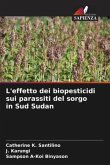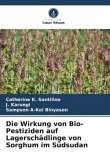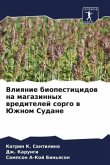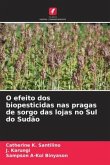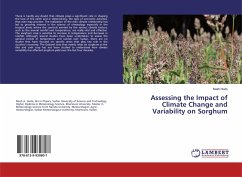Sorghum, Sorghum bicolor (L) is the main staple food for most South Sudanese people and is believed to have been first domesticated in North Africa around 1000 BC. In South Sudan, harvested sorghum is stored in different types of storage structures; in-hut storage, (gugus), barns and underground pits. However, in all the different types of storage structures, the grain and flour are often attacked by a complex of insect pests notably; Trogoderma granarium and Rhyzopertha dominica. The main objectives of the study were: (i) to determine the efficacy of preparations of Neem or Desert date at varying concentrations, on the biology and mortality of R. dominica and T. granarium on sorghum. (ii) Assess the effect of different levels of jute sack treatments with Neem, A. indica or Desert date, B. aegyptiaca, products on incidence and damage by storage pests of sorghum. In study one, the treatments used were; Neem seed kernel powders, Neem leaf powders, Desert date, seed kernel powders, Desert date leaf powders, a control of Actellic, and untreated control. The treatments were admixed at concentrations of 2.5, 5.0 and 7.5g with 100g of sorghum grains, in glass jars.
Bitte wählen Sie Ihr Anliegen aus.
Rechnungen
Retourenschein anfordern
Bestellstatus
Storno


